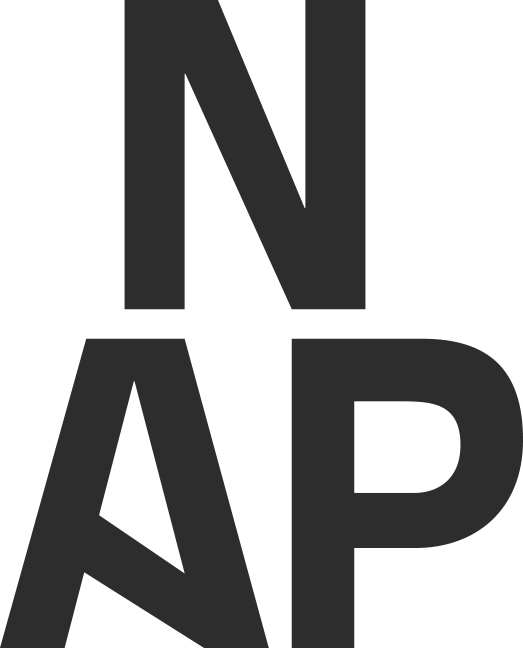CREATING NEW PATHS FOR ART BOOK DISTRIBUTION
The newly founded platform for distributing Nordic art books, Nordic Art Press (NAP), seeks to develop structures that will facilitate for long-term sustainable distribution options. Developed as a concept by Norwegian publisher Torpedo and graphic design studio Eller med a, NAP sets out to build structures that might make arts publishing less of a solitary endeavour and more of a team effort.
archive://Bergen Art Book Fair 2018

Firstly, why was there a need for NAP? And how does it fit into the current Norwegian landscape of the arts in general?
We think that there is a range of interesting art publications and publishing practices in Norway and the Nordic countries. Yet, we find that there is a lack of tools for distributing and mediating such practises, resulting in a lack of accessibility to publications and low visibility for the practitioners. Funding structures rarely cover distribution costs and publishers are only occasionally connected to larger commercial distribution structures and publishing houses. Distribution of art books is labour intensive and there are few established pan-Nordic structures. This leaves every small publisher on her own.
We have initiated NAP with a desire to develop structures for distribution based on long-term and sustainable thinking. We want to provide a framework for the exploration and framing of the relationships between circulation, mediation and sale. We hope that NAP can contribute to gather and strengthen the art book publishing community, and give publishers and practitioners tools to develop their practice. An important aspect of NAP is also to work with how new funding structures specifically aimed at distribution can be developed and organised.
As an extension of this, we have started a collaboration with Arts Council Norway, seeking to make art books available at Norwegian public libraries and to develop the relevant mediation of those presentations. Another project we are working on seeks to enquire around and develop the collaboration between art book initiatives and art institutions, with NAP as a facilitating partner. In the autumn of 2018, NAP opened a bookshop at Kunstnernes Hus in Oslo where we will develop this with the aim of prototyping structures that can be used by other institutions.

Before we continue, could you define for us what you mean by the art book or art publication?
For us, the definition of art books or art publications includes a range of genres and formats such as artists’ books, illustrated books, poetry books, art or exhibition catalogues, theoretical or discursive publications, monographs, comics, fanzines, pamphlets, and ephemera. We characterise an art book as a book or a publication that has artistic value as an object and in its intention. It is self-reflexive when it comes to its own form and context.
You are a collective of people coming from both the visual arts (Torpedo) and graphic design (Eller med a). Within the larger setting of publishing in the arts, how important is it to talk about fields as separate entities?
Hybridity is, in our opinion, one of the most exciting aspects of the publishing scene. We find that many practices deliberately position themselves in the intersections or blind-spots between different fields, and use the act of publishing and the book medium as means to do so. As a consequence, many interdisciplinary practices challenge conventional forms of distribution, mediation, and funding. Sometimes this takes the form of a deliberate disruption, which adds to the complexity of designing formats for distribution and reception. We find this challenge interesting; it gives us the opportunity to frame and explore relations between practises and their circulation.

In a time where a lot of different economic models are being deployed – not only in the fields of art and design, but perhaps especially here – I’m wondering to what extent a friendship economy is important for you? Both in terms of distribution but also in terms of authors and contributors to your titles.
The field of art book publishing is relatively small and interconnected and as such, it criss-crosses conventional distinctions between private and professional spheres. The field consists of a patchwork of distribution strategies that are often used in self-reflexive and conceptual ways. Because of that, these practises explore and negotiate different notions of value. This includes gift, sharing, and friendship economies. What we hope to build with NAP are general structures for distribution that can be sensitive to the negotiations inherent in specific practises and publication projects. We believe that questions of distribution and mediation should be an integral consideration of these projects and how they come to exist.

©BABF2018